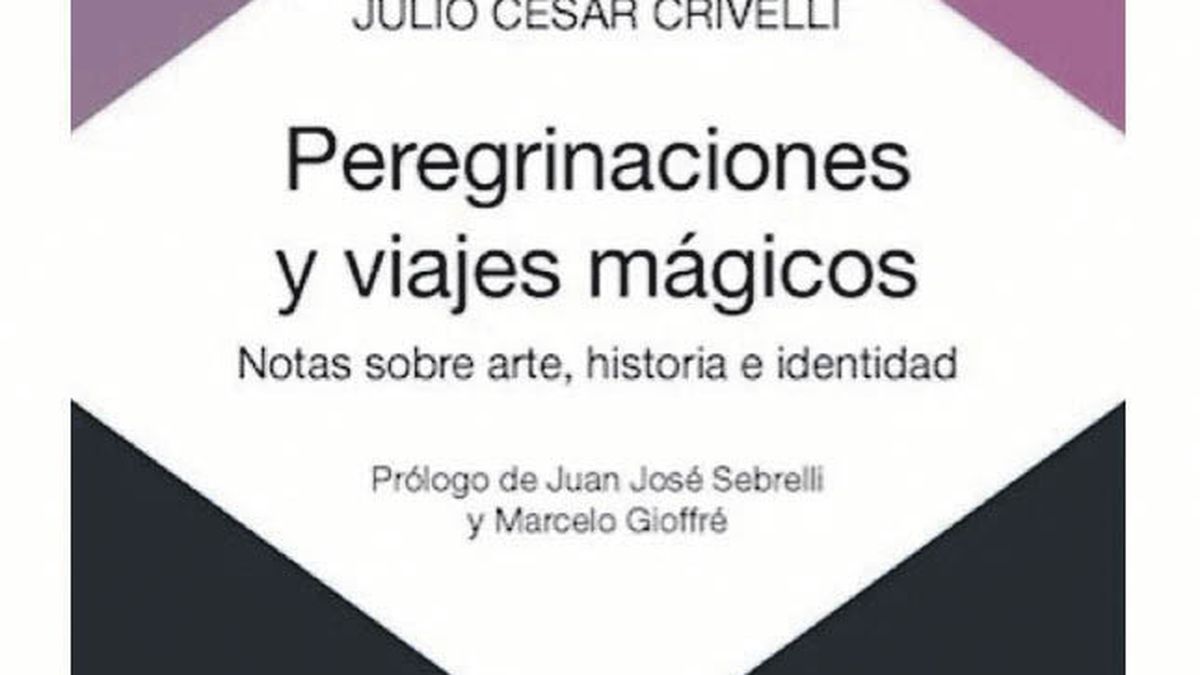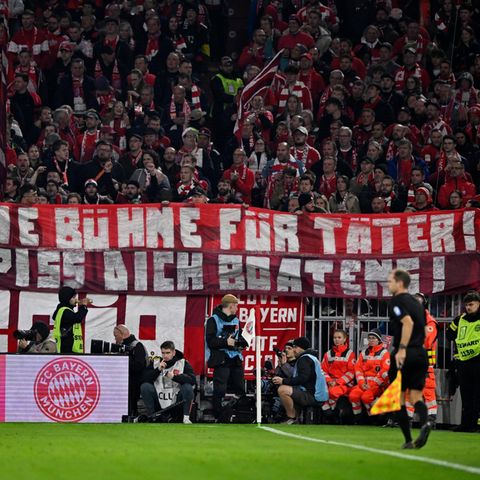“Glances on art” originates from a conference given for the Harvard Club at the National Museum of Fine Arts in October 2018 and is a tour that, beyond visiting rooms and mentioning key artists, reflects on what a museum is and his collection. The MNBA was formed by multiple directors, so many that it is almost anonymous. But the author focuses on the political illusions of the Argentines and also on the disappointments.
Museums are reflections on the identity of a culture, a people, a history, and a visual language, for which our largest museum is clear proof of this. The museum shows pre-Columbian art, that is, the art found by those who arrived in these lands, the art they admired, that is, the largest collection of European art in Latin America and the art made by their descendants, Argentine art. With regard to this subject, the controversy dating back to 1891 between the painter Eduardo Schiaffino and the Spanish critic Eugenio Auzón, who argued that it was impossible due to the mixture of cultures, is famous. Such was the violence that they dueled.
Crivelli leads us from Monvoisin’s “El gaucho federal”, an example of conservative gaucho culture and patronizer of the primitive ranch class, to Sala Guerrico and the generation of ’27 that Crivelli defines as the dream of immigration and progress. Crivelli ends with this phrase: “Still a pure dream”.
Room 24 speaks of the agro-exporting republic (infrastructure, immigration education), followed by Quirós’s “European” gauchos, room “Berni”, room 35 of concrete, Pop, Op, New Figuration, art of the 1980s, the decade in which the Malvinas war took place, the return of democracy and the failure of the economy with its first hyperinflation.
Crivelli discusses emblematic artists in the chapter devoted to his own collection that began in the 1980s upon his return from his studies in the United States. In his opinion, art collections are repositories of images, representations of the collector’s world, his illusions, the history that he has to live.
One of the lines of his collection is the body. The body for pleasure in the 1960s, the disciplined and imprisoned body of the 1970s, its recomposition in the 1980s and 1990s linked to consumer society: De la Vega, Noé, Berni, Pablo Suárez, Garófalo, Cambre Kuitca, Gorriarena, Maresca, Kuitca, Mondongo, Duville, in a context focused not only on the description and meaning of the image but also on the political-social context of Argentina, “vain woman, incapable , fickle, that causes so much pain as it passes through history.
As a final chapter, various considerations on his rereading of Cortázar, the Camino de Santiago, the Bauhaus, Mecca, Art and Memory, Art and Freedom, Aby Warburg, a miscellany of topics that he is passionate about as well as a very significant phrase almost at the end of the book: the ambition of truth, however impossible it may be, never leaves us.
=Julio César Crivelli, “Pilgrimages and magical trips” (BsAs., Mar Dulce, 2020).
Source From: Ambito
David William is a talented author who has made a name for himself in the world of writing. He is a professional author who writes on a wide range of topics, from general interest to opinion news. David is currently working as a writer at 24 hours worlds where he brings his unique perspective and in-depth research to his articles, making them both informative and engaging.




